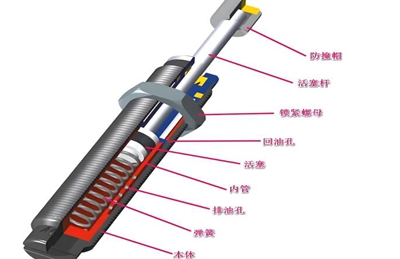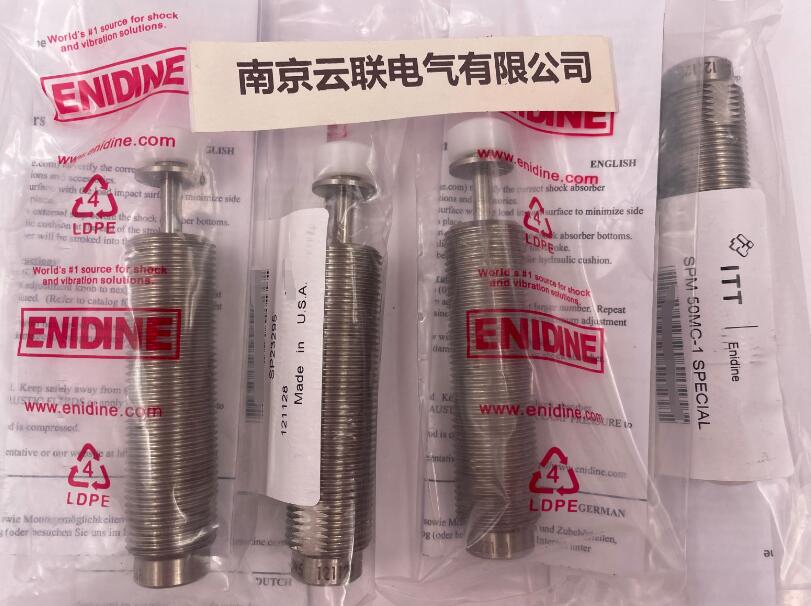
Telephone
025-52791167,52791168
13390905858
13390905858

One of the buffer materials: rubber
Rubber’s cushioning properties
Rubber, as a commonly used buffer material, has unique properties. It has excellent elasticity and can undergo significant elastic deformation when subjected to external impact, effectively absorbing and dispersing energy. This elasticity makes rubber perform excellently in various cushioning scenarios. For example, in the suspension system of a car, rubber buffer blocks can alleviate the impact force caused by road bumps and provide a comfortable experience for drivers and passengers.
The viscoelasticity of rubber is also an important characteristic. It can not only quickly deform under force, but also gradually return to its original state after the force disappears. This characteristic enables rubber to effectively cushion impacts and avoid secondary impacts caused by rapid elastic recovery during the buffering process. Like in the buffer of an elevator, rubber material absorbs impact energy through viscoelasticity when the elevator car falls into contact, smoothly stopping the car and preventing severe rebound.
Types and Applications of Rubber
Natural rubber is extracted from plants such as rubber trees and has good comprehensive properties, such as high elasticity, high strength, and good wear resistance. In tire manufacturing, natural rubber is widely used in cushioning layers, which can effectively cushion the impact of road surfaces and protect tires and vehicle chassis.
There are various types of synthetic rubber, each with its own characteristics. Nitrile rubber has good oil resistance and is commonly used to manufacture buffers that work in oily environments, such as some buffer components in aircraft engines. Chloroprene rubber has advantages such as weather resistance and ozone resistance, making it suitable for use as a buffer for outdoor equipment, such as the buffer pad for outdoor amusement facilities. It can resist the erosion of natural factors such as sunlight and rain for a long time and maintain good buffering performance.
Advantages and limitations of rubber buffers
The advantages of rubber buffers are obvious. It has relatively low cost and a wide range of sources, whether it is natural rubber or synthetic rubber, it can meet the needs of large-scale production. Its processing technology is mature, and various shapes and specifications of buffers can be made through various methods such as molding and injection molding. Moreover, rubber has excellent sealing performance and can play a role in situations where both buffering and sealing functions are required, such as rubber buffer seals at pipeline connection points.
However, rubber also has certain limitations. Its high temperature resistance is poor, and in high temperature environments, rubber will become soft and aged, leading to a decrease in cushioning performance. For example, in some high-temperature industrial equipment, rubber buffers are difficult to work stably for a long time. In addition, rubber may experience fatigue and shorten its service life under long-term stress or repeated impact.

telephone:025-52791167,52791168
Fax:025-52791169
Phone :13390905858
mailbox:njxj888@163.com skype:yluedq
Address:Jiangning Shuanglong Avenue No.1222 Nanjing, Jiangsu. China P.O. 211100